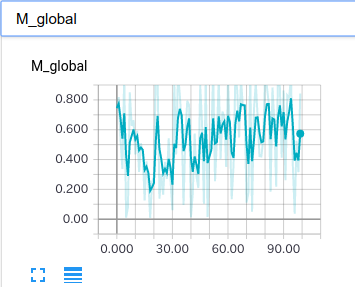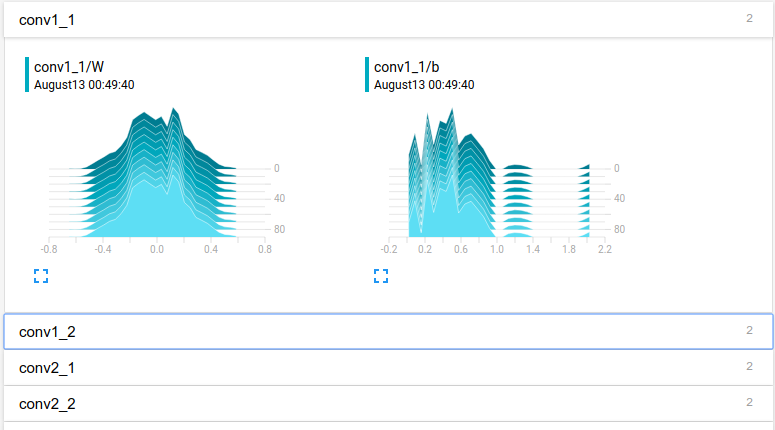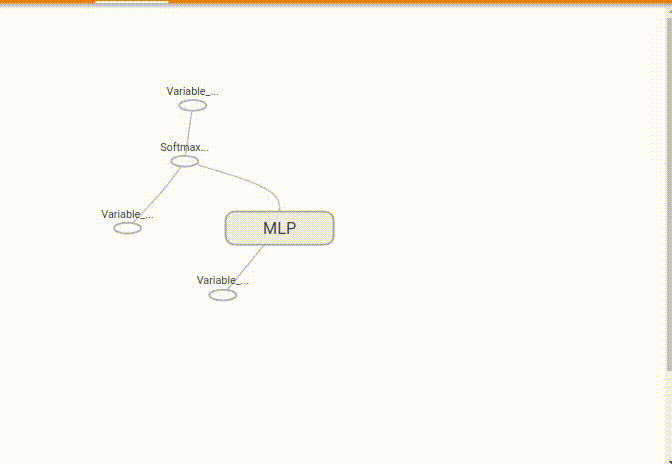tensorboard-chainer
 tensorboard-chainer copied to clipboard
tensorboard-chainer copied to clipboard
tensorboard for chainer
tensorboard-chainer
Write tensorboard events with simple command. including scalar, image, histogram, audio, text, graph and embedding.
This is based on tensorboard-pytorch.
Usage
Install tensorflow.
pip install tensorflow
Execute demo.py and tensorboard. Access "localhost:6006" in your browser.
cd examples
python demo.py
tensorboard --logdir runs
Scalar example

Histogram example

Graph example

Name scope
Like tensorflow, nodes in the graph can be grouped together in the namespace to make it easy to see.
import chainer
import chainer.functions as F
import chainer.links as L
from tb_chainer import name_scope, within_name_scope
class MLP(chainer.Chain):
def __init__(self, n_units, n_out):
super(MLP, self).__init__()
with self.init_scope():
self.l1 = L.Linear(None, n_units) # n_in -> n_units
self.l2 = L.Linear(None, n_units) # n_units -> n_units
self.l3 = L.Linear(None, n_out) # n_units -> n_out
@within_name_scope('MLP')
def __call__(self, x):
with name_scope('linear1', self.l1.params()):
h1 = F.relu(self.l1(x))
with name_scope('linear2', self.l2.params()):
h2 = F.relu(self.l2(h1))
with name_scope('linear3', self.l3.params()):
o = self.l3(h2)
return o
How to save the logs using this model is shown below.
add_all_variable_images is the function that saves the Variable's data in the model that matches the pattern as an images.
add_all_parameter_histograms is the function that save histograms of the Parameter's data in the model that match the pattern.
from datetime import datetime
from tb_chainer import SummaryWriter
model = L.Classifier(MLP(1000, 10))
res = model(chainer.Variable(np.random.rand(1, 784).astype(np.float32)),
chainer.Variable(np.random.rand(1).astype(np.int32)))
writer = SummaryWriter('runs/'+datetime.now().strftime('%B%d %H:%M:%S'))
writer.add_graph([res])
writer.add_all_variable_images([res], pattern='.*MLP.*')
writer.add_all_parameter_histograms([res], pattern='.*MLP.*')
writer.close()